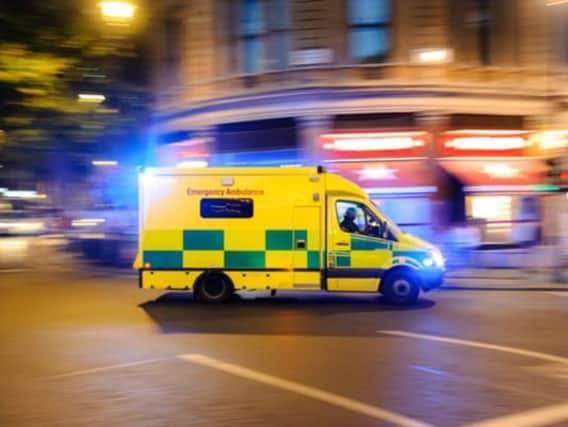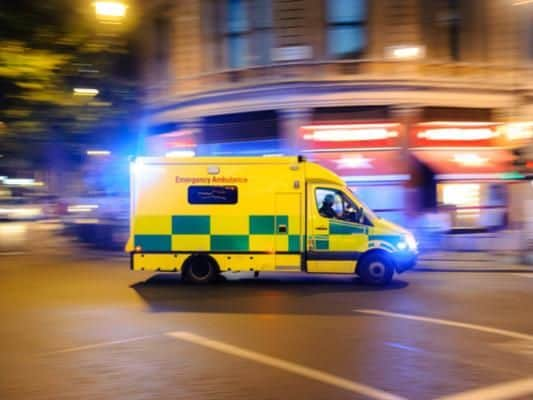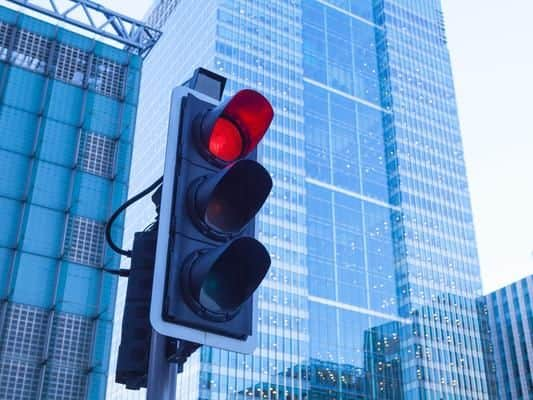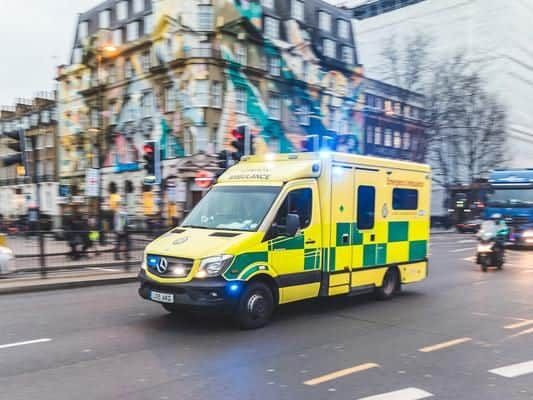Drivers could be fined £1,000 if they break this rule for emergency vehicles


The oncoming sounds of roaring sirens can cause panic even among the most experienced of motorists, but drivers efforts to move out of the way as quickly as possible could unwittingly land them in trouble with the law.
Don't break the law
While drivers are instructed to give way to emergency vehicles with flashing lights, motorists should not break the law to do so.
Advertisement
Hide AdAdvertisement
Hide Ad

Running a red light to allow the vehicle to pass is an offence which could see drivers landed with a hefty £1,000 fine and three penalty points - even if it is to move out of the way for an emergency vehicle.
Drivers could also face punishment for moving into a bus lane, crossing solid white lines or stopping in a yellow box junction, as this could pose a danger to other road users.
It is the responsibility of the emergency vehicle to find a safe way through.
What rules should drivers follow?


It is outlined in the Highway Code that drivers should follow Rule 219 when approached by an emergency vehicle.
The rule states:
Advertisement
Hide AdAdvertisement
Hide AdAccording to Rule 219 of the Highway Code, drivers should take the following steps when an emergency vehicle approaches:
"You should look and listen for ambulances, fire engines, police, doctors or other emergency vehicles using flashing blue, red or green lights and sirens or flashing headlights, or traffic officer and incident support vehicles using flashing amber lights.


"When one approaches do not panic. Consider the route of such a vehicle and take appropriate action to let it pass, while complying with all traffic signs.
"If necessary, pull to the side of the road and story, but try to avoid stopping before the brow of a hill, a bend or narrow section of road.
Advertisement
Hide AdAdvertisement
Hide Ad"Do not endanger yourself, other road users or pedestrians and avoid mounting the kerb.
"Do not brake harshly on approach to a junction or roundabout, as a following vehicle may or may not have the same view as you."
Drivers should not break the law to make way for emergency vehicles and should take care not to endanger other motorists, moving aside only when it is safe and there is space to do so.
What rules do emergency services have to follow?
Much like everyday motorists, emergency vehicles also have rules they have to abide by on the roads and are not entirely above the law.
Advertisement
Hide AdAdvertisement
Hide AdEven if they are responding to an 999 call, emergency vehicles are not allowed to do the following:
- Ignore ‘stop’ or ‘give way’ signs
- Ignore ‘no entry’ signs
- Drive through a one-way street in the wrong direction
- Ignore flashing signs at level crossings or fire stations
- Cross a solid white line down the middle of the road, unless it is to pass a stationary vehicle, slow-moving cyclist, horse, or road maintenance vehicle
However, there are some exemptions which apply to emergency service vehicles, with the drivers allowed to do the following when necessary:
- Disobey the speed limit
- Pass on the wrong side of a keep left bollard
- Treat red traffic lights as a give way sign
- Drive on a motorway hard shoulder, even against the direction of traffic
- Use bus lanes, even if in use, to reduce the effect of congestion on public transport